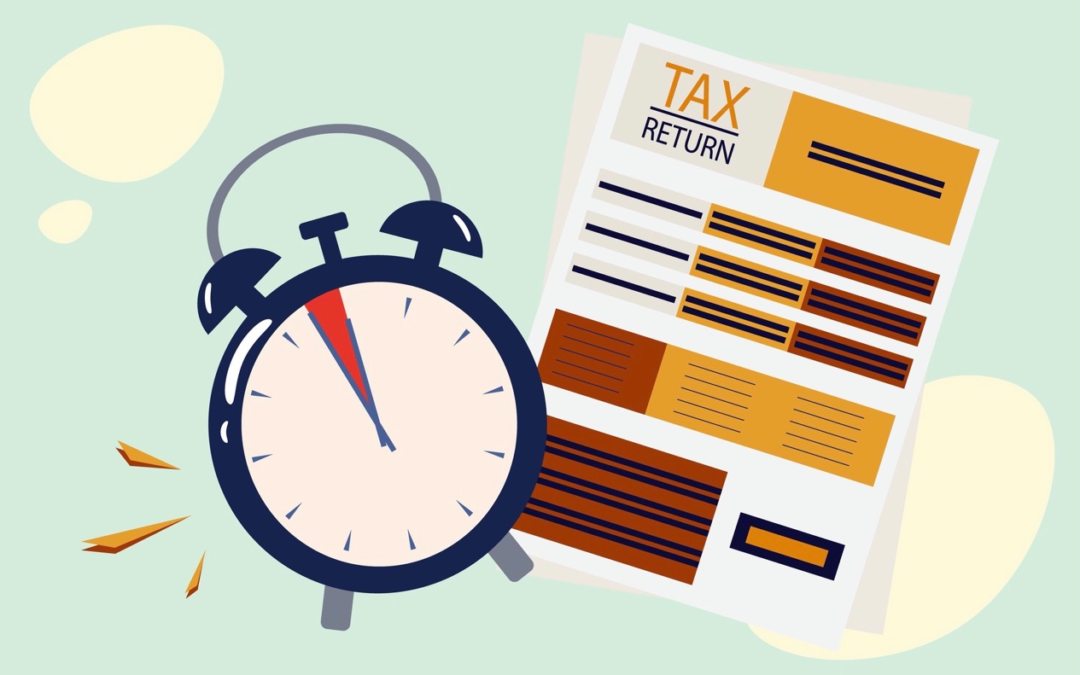Filing a tax extension on or before April 15 moves your deadline to October, but remember that an extension doesn’t give you more time to pay your taxes.
If you’re not sure you’ll have it together by tax day and think you may need to file a tax extension, you’re not alone. The IRS estimates that nearly 19 million taxpayers asked for extensions to file their income tax returns in 2023, and millions likely will again in 2024.
🛑 Here’s everything to know about filing a tax extension in 2024:
📝 What is a tax extension?
A tax extension is a request for an additional six months to file your federal income tax return with the IRS. In 2024, a tax extension that’s submitted by April 15 would move your filing deadline to Oct. 15.
You can submit your request for free by filling out Form 4868 through IRS Free File or by mailing a copy to the IRS. Most tax software programs will also help you e-file an extension. For your request to be valid, make sure to submit it by the April tax filing deadline.
📝 How to file a tax extension
Submit Form 4868 to the IRS either electronically or via mail by the April tax filing deadline. If you pay the IRS an estimate of your taxes owed by tax day online, noting that your payment is for an extension, you can skip the paperwork altogether.
🔎 Here are a few common ways to file a tax extension:
- IRS Free File: The IRS partners with a nonprofit organization to provide people who have an adjusted gross income of $79,000 or less access to free, name-brand tax-prep software through Free File. Anybody, even people above the income threshold, can go to the IRS website to file a free extension online.
- Tax software: If you plan to use tax software, most providers support filing Form 4868 for tax extensions. You can simply follow the program’s instructions and see how to file a tax extension electronically. The IRS will send you an electronic acknowledgment when you submit the form.
- Tax preparer: If you plan to work with a tax pro or other tax preparer, ask if they can file for an extension on your behalf.
- By mail: You can apply for a tax extension on paper by filling out Form 4868 and sending it to the IRS via snail mail. Make sure to get proof that you mailed it, though, and it must be postmarked by April 15.
📝 How tax extensions work
Filing a tax extension can be helpful for people who may be missing important tax documents or who need extra time to complete their paperwork. It can also help you avoid incurring a late-filing penalty. A common misconception, however, is that tax extensions buy you additional time to pay your tax bill.
In reality, a tax extension only pushes out your filing deadline, not your payment due date. Taxes owed are still due by the regular April deadline. If you need more time to deal with a tax bill, the IRS offers payment plans that can help you pay off your balance in increments over time.
You may also like | Tax-Aware Investment Strategies You Should Consider
📝 How tax extensions work if you owe taxes
If you can’t file your return by the tax filing deadline, in addition to requesting an extension, the IRS suggests you estimate your tax bill and submit an estimated payment as soon as possible to prevent fees and interest from racking up.
Anything you owe after the deadline is subject to interest and a late-payment penalty, but you might be able to catch a break on the penalty if you pay at least 90% of your taxes owed by the deadline and pay the rest with your return. You can estimate your tax liability by using the Estimated Tax Worksheet on Form 1040-ES or using tax software.
📝 How tax extensions work if you’re due a refund
The IRS does not impose a failure-to-file penalty on tax returns that are filed late if you’re due a refund. However, filing a tax extension anyway if you need some extra time could be a good idea. For example, if you miscalculate and end up with a tax bill, a tax extension will get you out of that late-filing penalty.
📝 When is the deadline for filing a tax extension?
Tax day, April 15, 2024, is the last day to submit a request for an income tax extension. This gets you six more months to file your tax return. Generally, you can’t request more than one tax extension per return. You can file a tax extension for free by submitting Form 4868 to the IRS by the tax filing deadline.
💥 If you would like an advice to get strategies to maximize your tax efficiency, we can help you at Wave Tax. Contact us at info@wavetax.us

